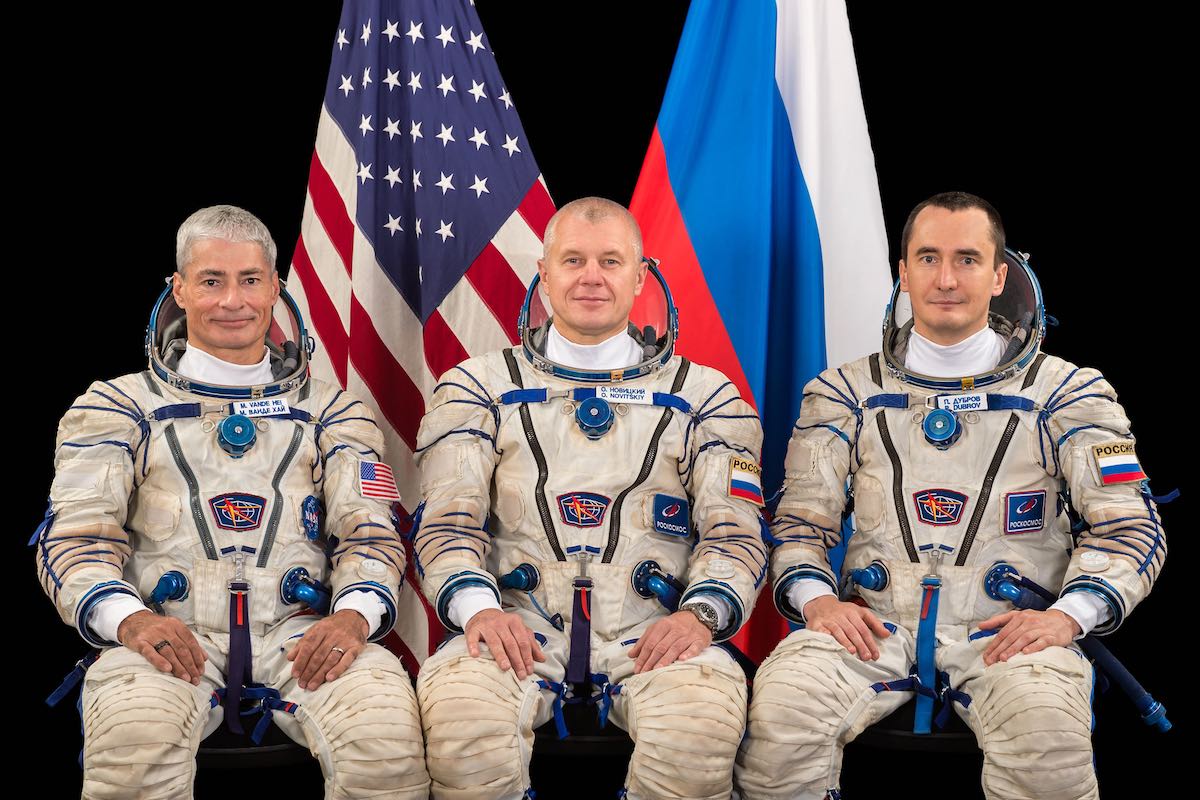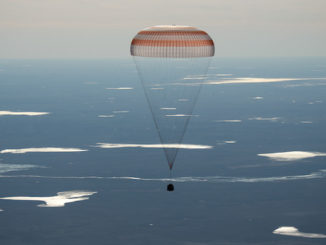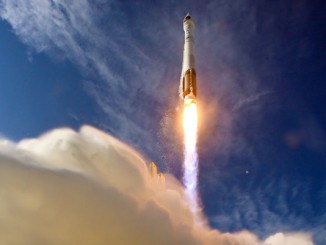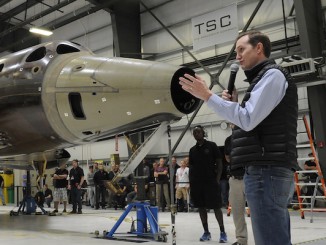STORY WRITTEN FOR CBS NEWS & USED WITH PERMISSION

NASA astronaut Mark Vande Hei, veteran of a 168-day stay in space in 2017-18, will join two Russian cosmonauts aboard a Soyuz spacecraft April 9 for a flight back to the International Space Station in a deal brokered through Houston-based Axiom Space, NASA and the Russian space agency announced Tuesday.
While NASA funded the development of SpaceX and Boeing commercial crew capsules to end the agency’s post-shuttle reliance on Russia for space transportation, continued launches aboard the Soyuz will ensure a U.S. presence on the lab even if an American spacecraft and crew are forced to make an unplanned departure.
Likewise, Russian cosmonauts eventually plan to launch on U.S. commercial crew ships to ensure a Russian presence if illness or some other emergency forces a Soyuz crew to depart ahead of schedule. No cosmonauts have yet been named to fly on the new U.S. spacecraft.
NASA managers have said seats will not be bought and sold as they were in the past when no American spacecraft were available and the agency was forced to rely on Russia to reach the station. Instead, both countries are expected to accommodate each other in barter arrangements to ensure crew continuity aboard the lab.
A NASA news release said Vande Hei’s seat was arranged through a contract with Axiom Space, headed by former space station program manager Mike Suffredini. In exchange, NASA will provide a seat aboard a U.S. commercial crew ship in 2023 for a non-NASA astronaut to be named later by Axiom.
The company already plans to launch four non-NASA astronauts on a fully commercial flight to the space station early next year.
In a statement on its web page Tuesday, Roscosmos said it agreed to put Vande Hei on the Soyuz MS-18/64S crew “at the urgent request of the American side.”
“NASA voiced its wishes only at the end of 2020, and therefore the Russian side had to change the already agreed flight program,” the space agency said in translated remarks. “Roscosmos agrees to this decision, reaffirming its commitment to joint agreements and the spirit of joint use of the International Space Station.”
NASA astronaut Kate Rubins, currently 146 days into a planned 185-day mission aboard the space station, used the last NASA-purchased Soyuz seat when she blasted off last Oct. 14 with cosmonauts Sergey Ryzhikov and Sergey Kud-Sverchkov.
NASA paid $90.3 million for Rubins’ seat, pushing total NASA payments to the Russian space agency to $4 billion for 71 Soyuz rides between 2006 and the end of 2020.
Vande Hei, who holds a master’s degree in applied physics from Stanford University, first flew in space when he launched aboard the Soyuz MS-06/54S spacecraft on Sept. 12, 2017, along with Alexander Misurkin and NASA crewmate Joe Acaba. He spent 168 days in space and carried out four spacewalks totaling 26 hours and 42 minutes.
For his second flight, Vande Hei will replace cosmonaut Sergey Korsakov, joining Soyuz MS-18/64S commander Oleg Novitskiy and co-pilot Pyotr Dubrov aboard the Soyuz MS-18/64S spacecraft. Launch from the Baikonur Cosmodrome in Kazakhstan is scheduled for 3:42 a.m. EDT on April 9.
They are expected to dock at the space station about three hours after takeoff, joining Rubins, Ryzhikov and Kud-Sverchkov aboard the outpost, along with four astronauts who arrived last November aboard the SpaceX Crew-1 Dragon capsule: Mike Hopkins, Victor Glover, Shannon Walker and Japanese flier Soichi Noguchi.
Rubins, Ryzhikov and Kud-Sverchkov plan to return to Earth on April 17, closing out a 185-day mission.
The four Crew-1 Dragon fliers are expected to return to an Atlantic Ocean splashdown at the end of April, a week or so after another Crew Dragon arrives carrying four fresh crew members: Shane Kimbrough, Megan McArthur, European Space Agency astronaut Thomas Pesquet and Japanese flier Akihiko Hoshide.
Vande Hei will remain aboard the station with Novitskiy and Dubrov for at least six months, although plans for his ride home have not yet been announced.



